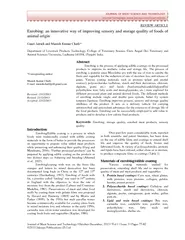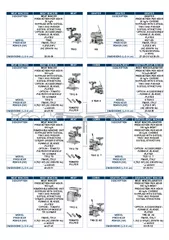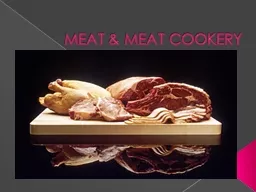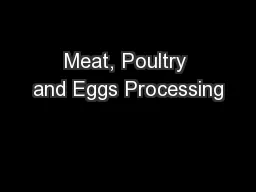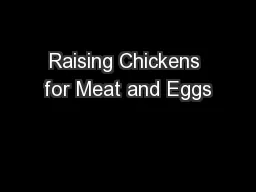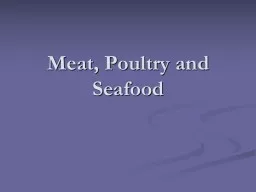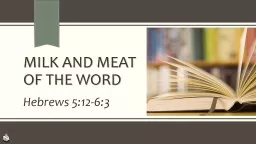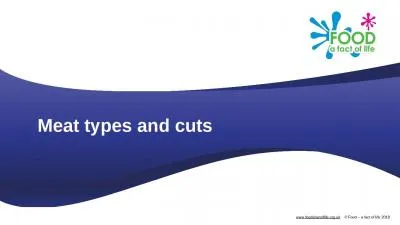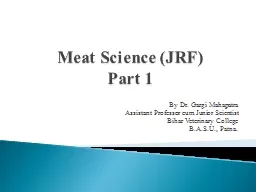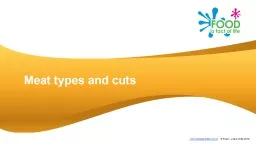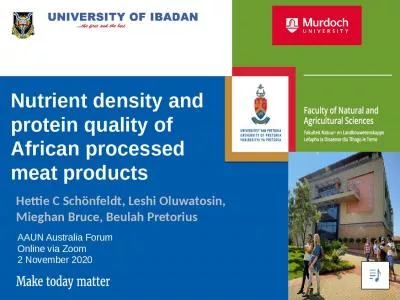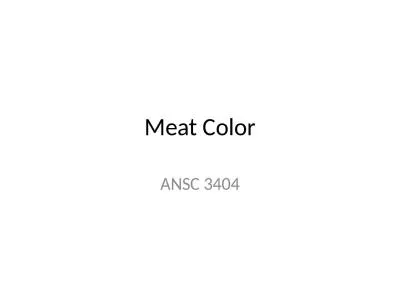PDF-Journal of Meat Science and Technology OctoberDe cemb
Author : luanne-stotts | Published Date : 2015-06-10
Corresponding author Manish Kumar Chatli Email manishchatlilptgmailcom Received 15122013 Revised 21122013 Accepted 22122013 Abstract Enrobing is the process of applying
Presentation Embed Code
Download Presentation
Download Presentation The PPT/PDF document "Journal of Meat Science and Technology ..." is the property of its rightful owner. Permission is granted to download and print the materials on this website for personal, non-commercial use only, and to display it on your personal computer provided you do not modify the materials and that you retain all copyright notices contained in the materials. By downloading content from our website, you accept the terms of this agreement.
Journal of Meat Science and Technology OctoberDe cemb: Transcript
Download Rules Of Document
"Journal of Meat Science and Technology OctoberDe cemb"The content belongs to its owner. You may download and print it for personal use, without modification, and keep all copyright notices. By downloading, you agree to these terms.
Related Documents

